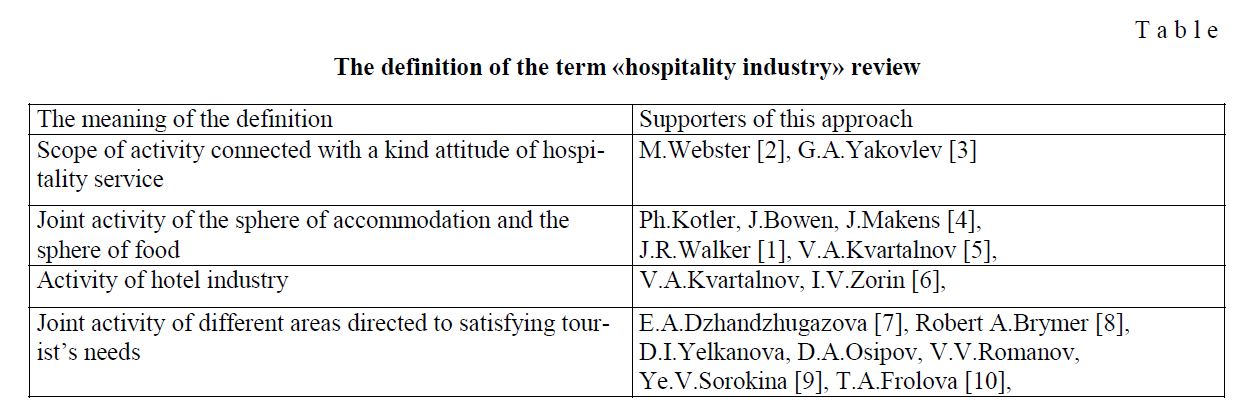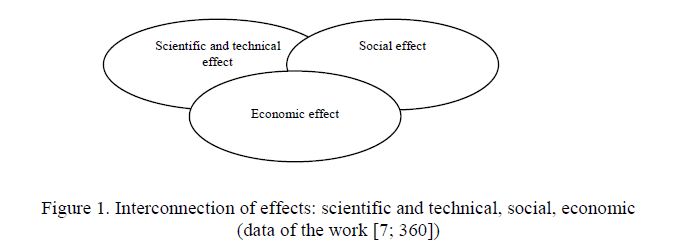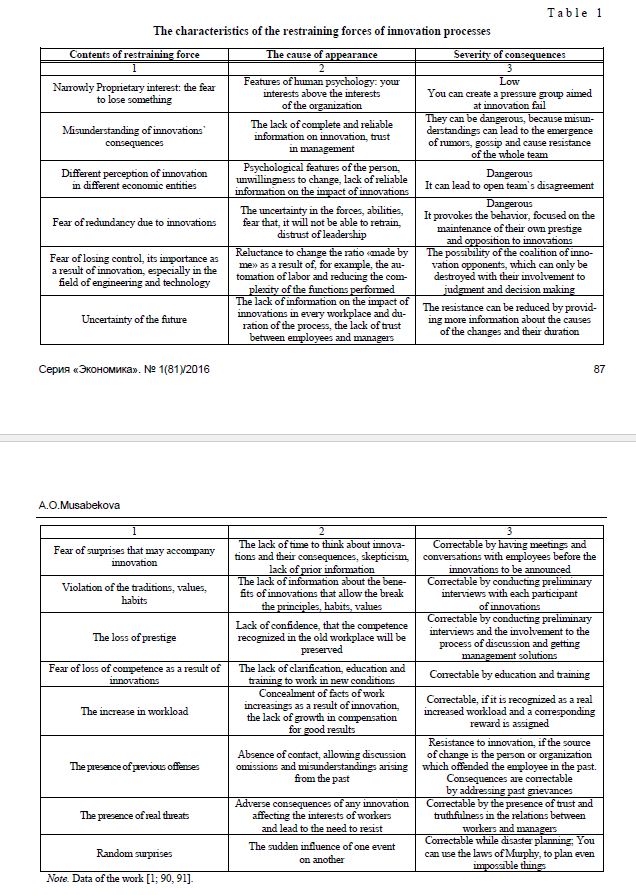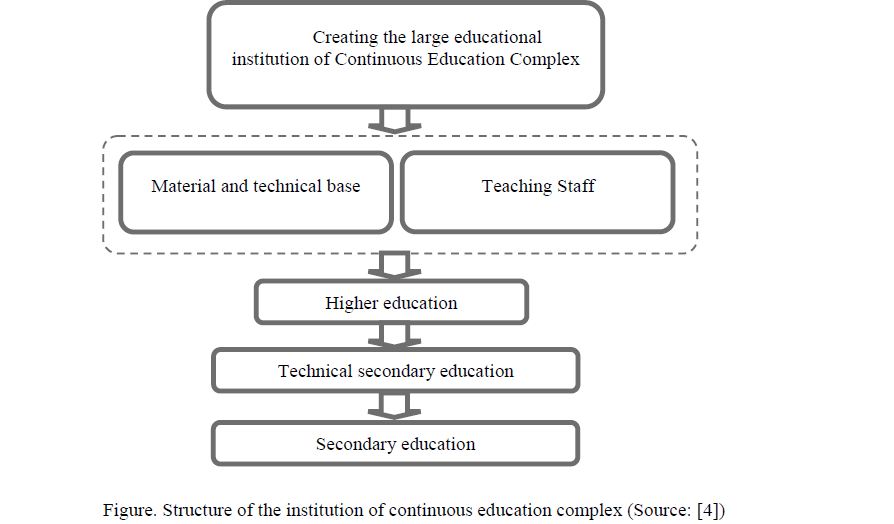Replace the existing socio-economic development and environmental protection
Thus, the presence of a cluster allows domestic industry to maintain its advantage, and not give it to those countries that are more inclined to upgrade. The presences of a cluster of industries accelerate the process of establishing the factors where there is a group of domestic competitors. A cluster is a means to overcome the isolation on domestic issues, inertia, intransigence, inflexibility, and collusion between competitors that reduce or completely block the beneficial effects of competition and the emergence of new firms. All firms in the cluster of related industries are investing in specialized, but related technology, information, infrastructure, human resources, leading to a massive emergence of new firms. By now, it should be clear that our environment is becoming ever less capable of sustaining the growing impact of our economic activities.
2015
Ya.Beano, G.A.Mauina, A.E.Zhansagimovа








